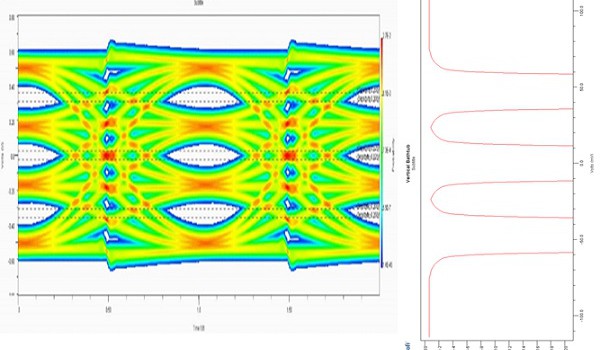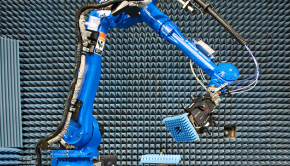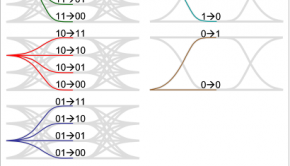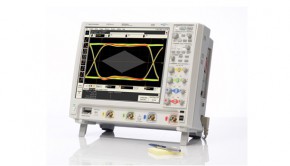PAM4 Challenges at DesignCon 2016
PAM4 modulation drew crowds from end-to-end at DesignCon 2016. It started on Tuesday morning, January 19 with a tutorial, “PAM4 Signaling for 56G Serial Link Applications,” before moving to the afternoon Case of the Closing Eye panel.
The following day saw several technical papers and, as the exhibit hall opened, PAM4 appeared just about everywhere. On Thursday, January 21, DesignCon concluded with another panel, “Measurement Challenges of PAM4 Signals.” The five panelists touched on some topics covered in other sessions and added points points not covered earlier. Panelists covered issues from simulation to bench measurements to production test.
Doug Burns of SiSoft opened the panel with a discussion about simulation. He explained how you’ll need to use other horizontal and vertical bathtub curves to characterize the three PAM4 eyes. In the figure below, Burns rotated the bathtub curve 90º so it aligns with the eyes. The vertical curve shown below lets you see eye height as a function of BER (bit-error rate). The PAM4 signal’s smaller eyes make it more susceptible to noise than the single NRZ eye.
Teledyne LeCroy’s Stephen Mueller followed Burns with a comparison of PAM4 and NRZ signals. Using animated slides, he highlighted the differences on slope. In the figure below, Mueller shows how the PAM4 signal can have a slower dV/dt than NRZ when not transitioning the full signal amplitude. That is, when not transitioning from bits 00 to 11 or 11 to 00.
Full article by Martin Rowe, EDN Network
































































































































































